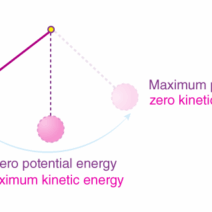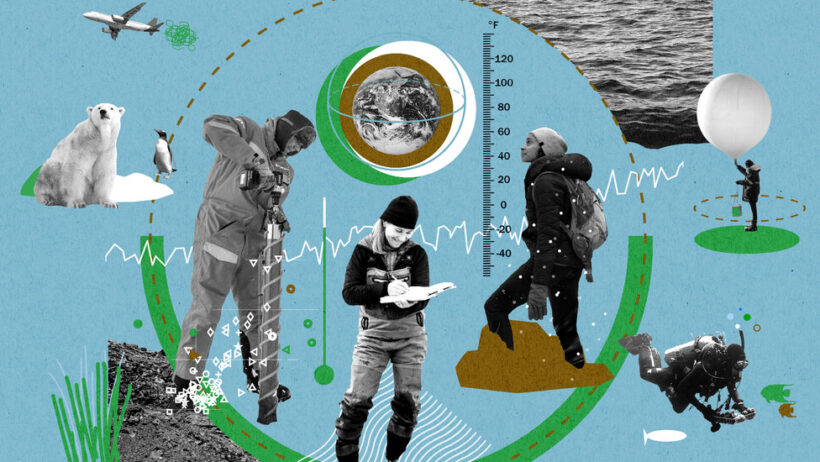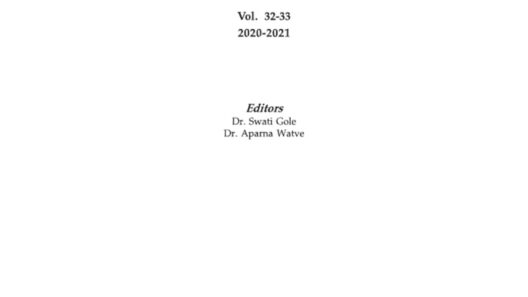In recent years, the United States has increasingly recognized the critical challenges posed by global warming. As the effects of climate change manifest through more frequent and severe weather events, rising sea levels, and disruptive ecological shifts, America is adopting a multi-faceted approach to combat this existential threat. This response spans various domains including legislation, technology, and community engagement, all aimed at mitigating the detrimental impacts of global warming.
First, it is essential to examine the legislative landscape as a pivotal component of the U.S. response to climate change. The federal government has introduced several initiatives aimed at reducing greenhouse gas emissions. The most significant among these is the re-entry into the Paris Agreement, emphasizing a collective global effort to limit temperature rise. This international accord enables the U.S. to adhere to specific emission reduction targets while cultivating collaborations with other nations. Moreover, legislation such as the Inflation Reduction Act (IRA) introduces substantial investments in renewable energy projects, incentivizing both consumers and industries to transition from fossil fuels to cleaner alternatives.
States have also taken the reins in local governance, crafting their own climate-related policies. For instance, California leads the charge with stringent emissions regulations and ambitious goals for electric vehicle adoption. Massachusetts has similarly committed to reducing its carbon footprint, emphasizing energy efficiency and the growth of renewable energy sources. Through mechanisms like cap-and-trade, states can effectively manage emissions while fostering economic growth through green technologies.
Technological advancements are another cornerstone in America’s battle against global warming. The U.S. is a hotbed for innovation ranging from solar and wind energy to carbon capture and storage (CCS) systems. Wind energy has witnessed exponential growth, with large-scale installations that harness the powerful gusts across Midwest plains. Solar energy, too, has proliferated, as advancements in photovoltaic technology have led to more efficient and affordable solar panels. Furthermore, CCS technologies, which capture carbon dioxide emissions from sources like power plants, are being developed and enhanced. These innovations not only target emissions reduction but also offer pathways for a sustainable energy future.
In addition to renewable energies, investments in electric and hybrid vehicles signify a shift toward a more sustainable transportation system. Major automakers are ramping up the production of electric vehicles (EVs), spurred by federal incentives aimed at increasing consumer adoption. Infrastructure development, such as the expansion of EV charging stations, is also pivotal to facilitating this transition. As more Americans embrace electric mobility, the transportation sector’s overall carbon impact is set to diminish considerably.
Public awareness and grassroots movements play a critical role in addressing global warming. The youth-led climate movement has galvanized public sentiment, urging policymakers to prioritize environmental issues. Activists and organizations across the nation advocate for accountability, pushing for more stringent policies and responsible corporate behaviors. Community-driven initiatives, such as urban gardening and local clean-up efforts, further foster environmental stewardship among citizens, promoting a culture of sustainability. The power of public discourse cannot be overstressed, as it influences both legislation and corporate practices by raising awareness and advocating for change.
Advocacy organizations have harnessed the potential of social media and digital platforms to amplify their messages. Campaigns that educate the public on the impacts of climate change, coupled with actionable steps individuals can take, have permeated community interactions. By utilizing compelling narratives and robust data, these organizations create a compelling case for more sustainable practices among businesses and households alike.
Moreover, corporate responsibility is increasingly taking center stage in the fight against climate change. Companies, recognizing the importance of sustainability to their consumer base, are adopting environmentally friendly practices in their operations. From reducing plastic waste to committing to net-zero emissions, corporations are embracing sustainability as not just a regulatory requirement but a competitive advantage. For instance, major retail corporations are investing in sustainable supply chains, aiming to minimize their ecological footprints while satisfying environmentally conscious consumers.
Climate resilience strategies are now under scrutiny as well, as communities must adapt to the prevailing realities of climate change. Coastal cities are implementing measures to combat rising sea levels through enhanced infrastructure and improved zoning regulations. Drought-prone regions are developing water conservation strategies that promote sustainable usage and enhance aquifer recharge. These adaptive strategies serve to mitigate the impacts of climate variations while fostering resilience and community preparedness.
Finally, education plays a fundamental role in shaping the future landscape of America’s climate response. Integrating environmental studies into school curriculums equips future generations with the knowledge necessary to confront climate challenges. Institutions of higher learning are also becoming incubators for climate innovation, engaging students in research and development of cutting-edge technologies and practices that will drive sustainability forward.
In conclusion, America’s response to global warming encompasses a multifaceted approach that integrates legislation, technology, public engagement, corporate responsibility, and education. The pathway to mitigating climate change is fraught with challenges, yet the collective efforts of government, industry, and citizens forge a sustainable future. As advancements continue and awareness grows, America is poised to not only address but also adapt to the evolving dynamics of our planet, ensuring a healthier environment for generations to come.






